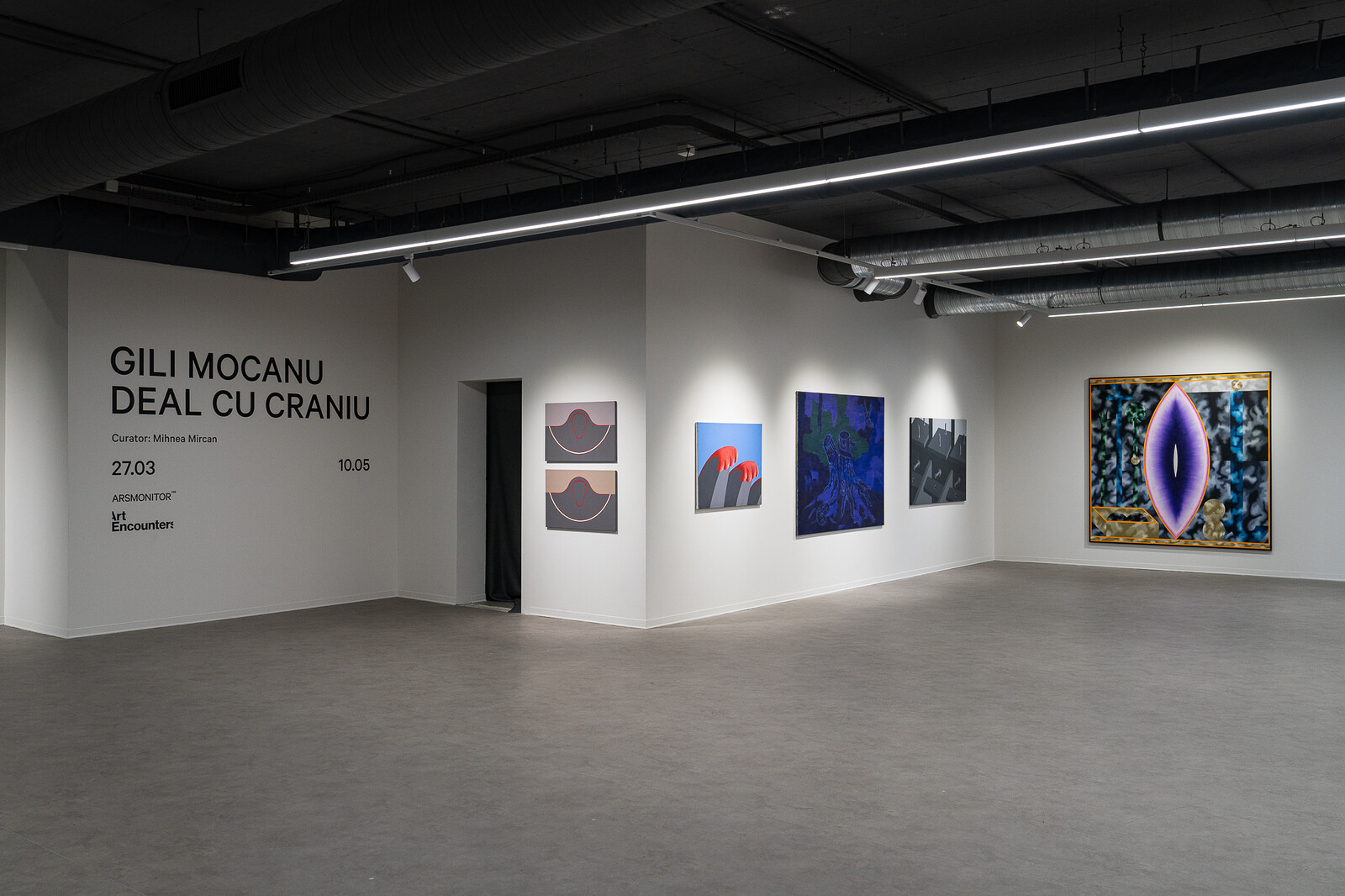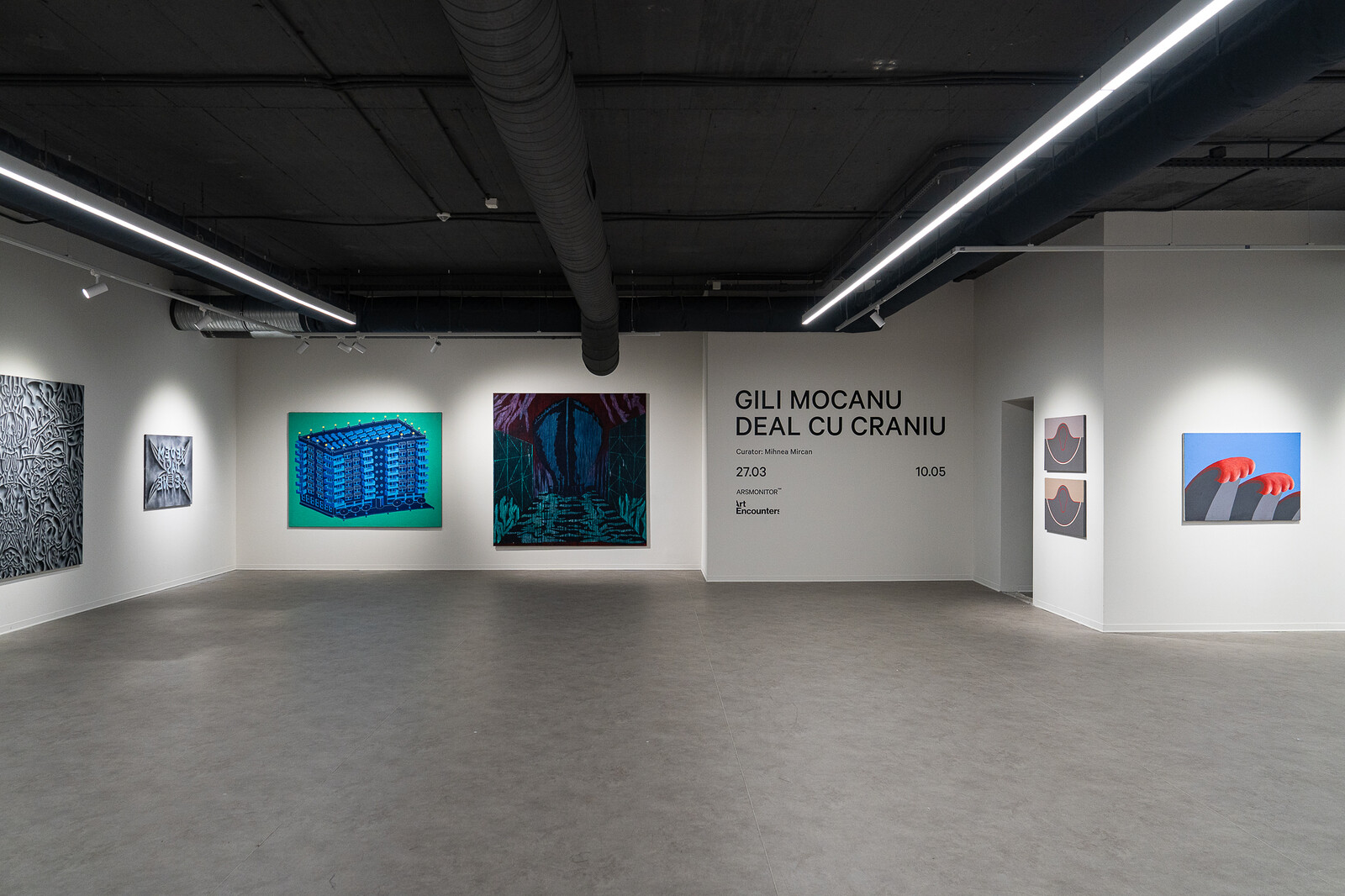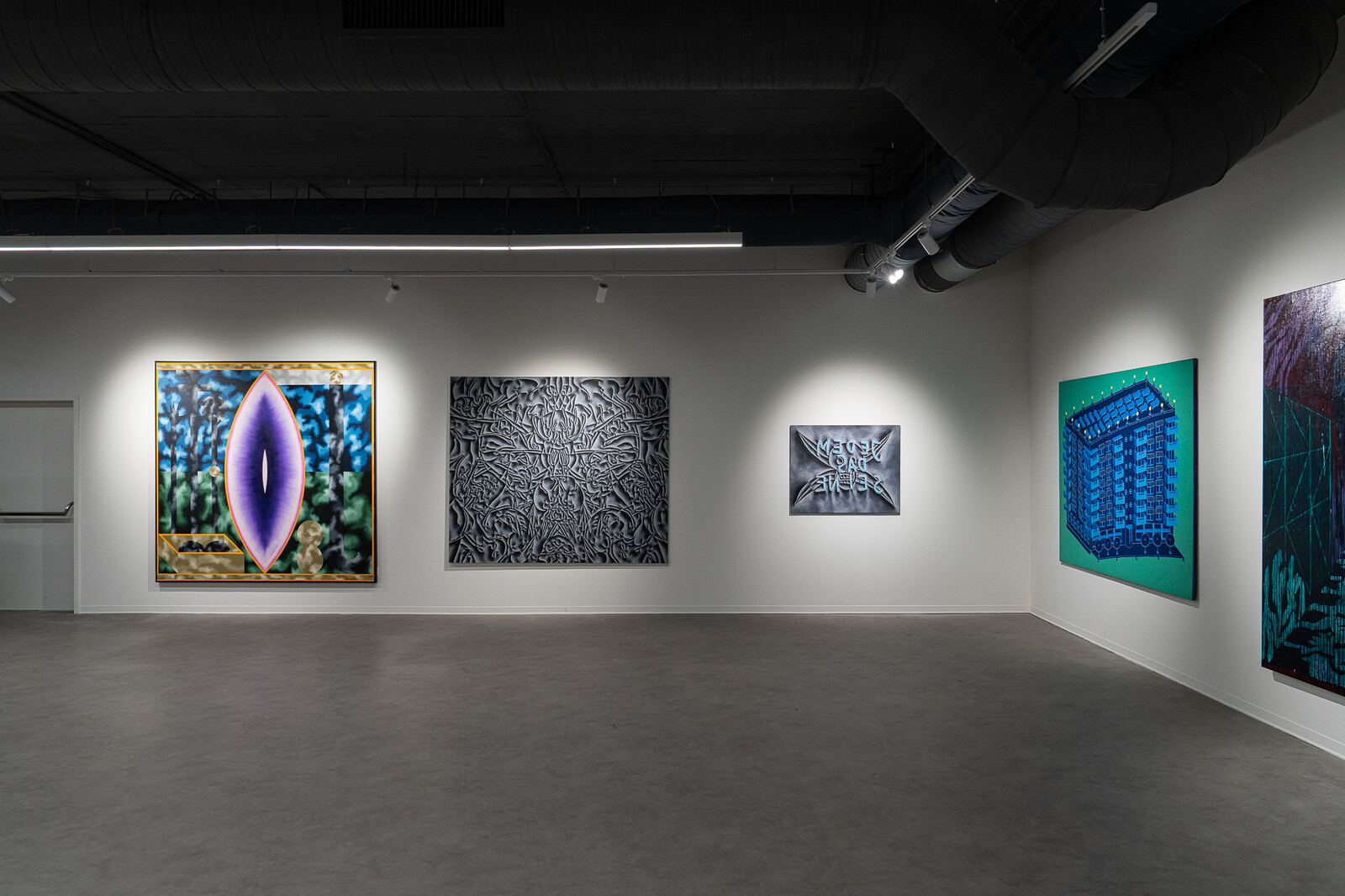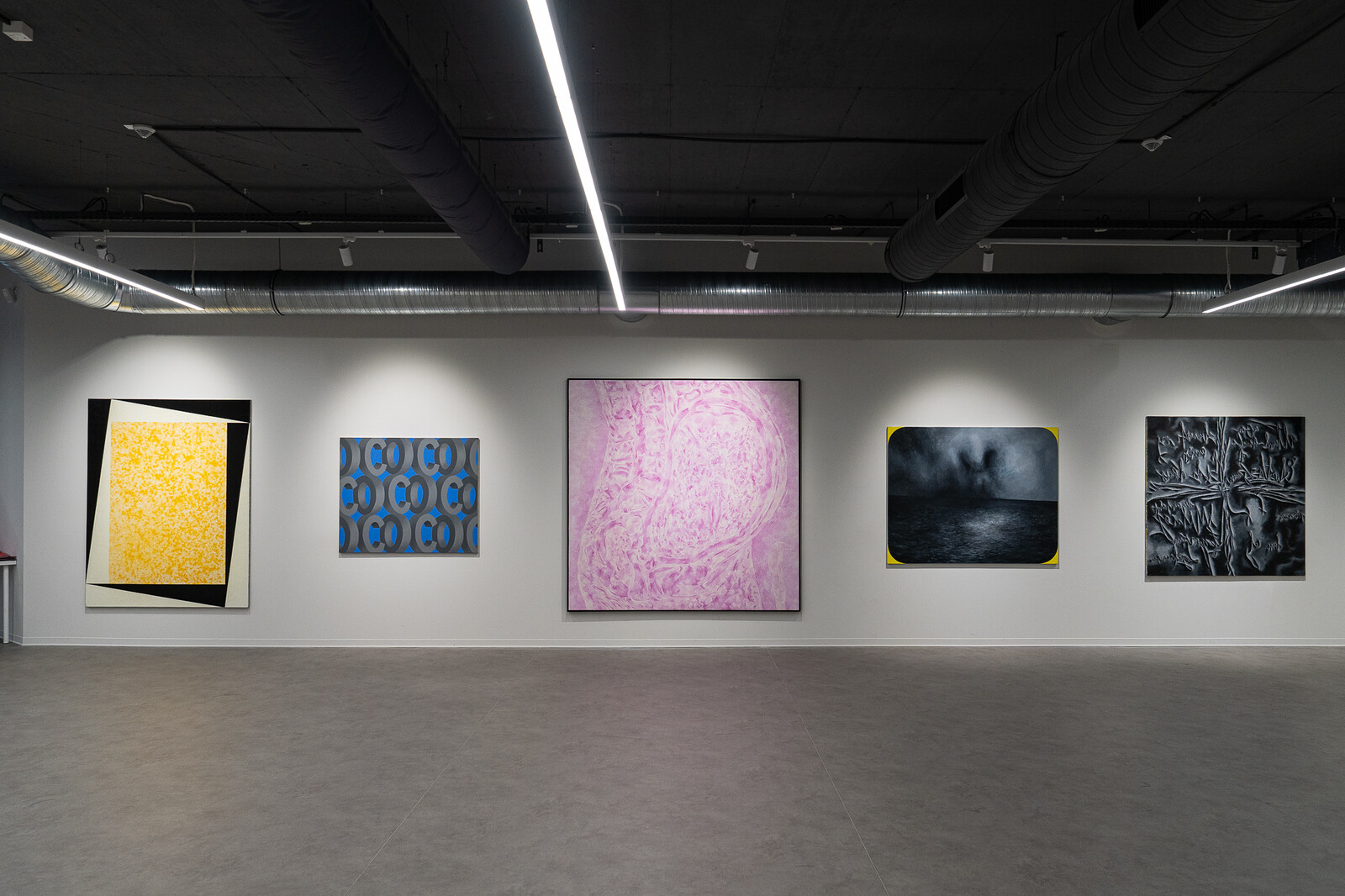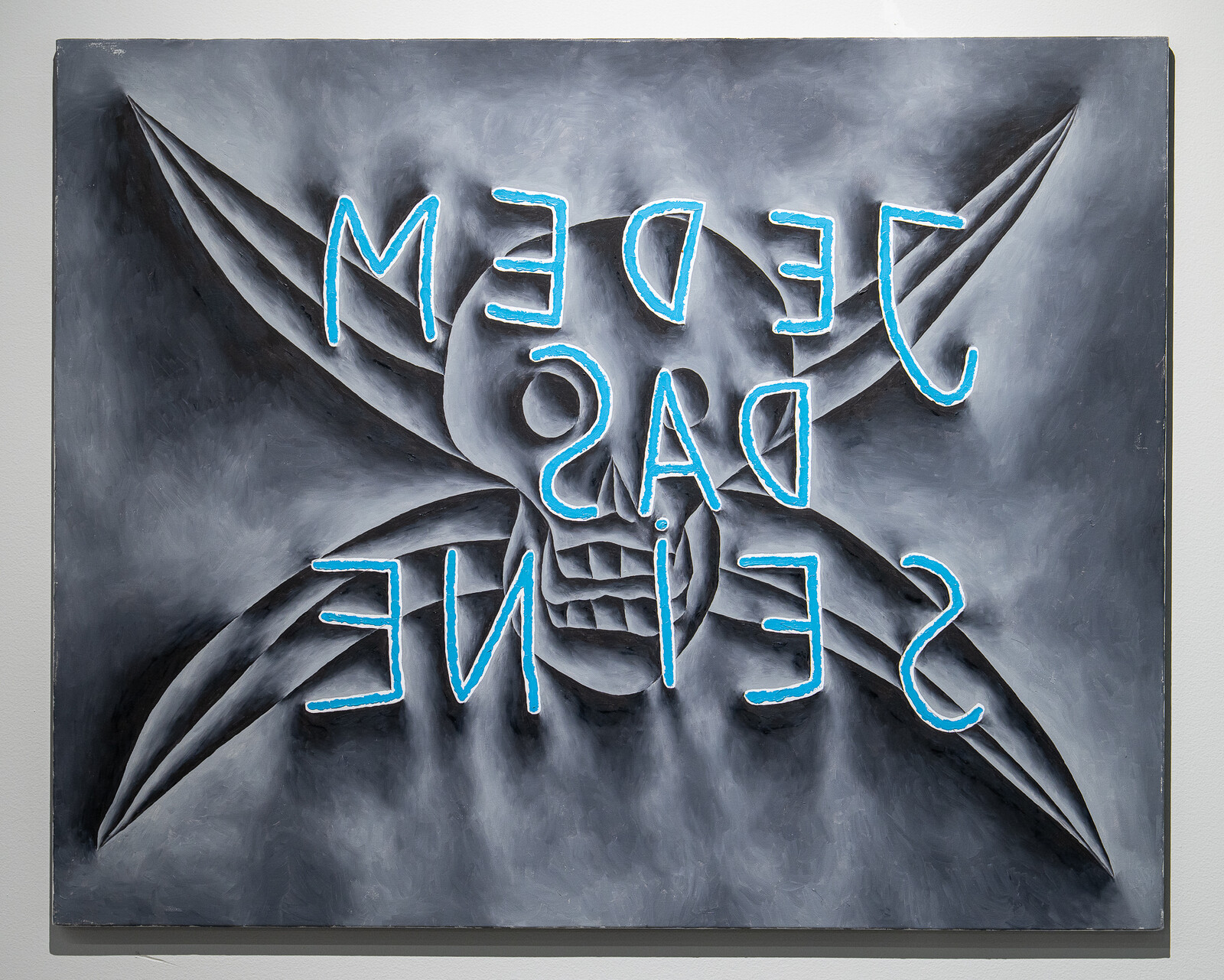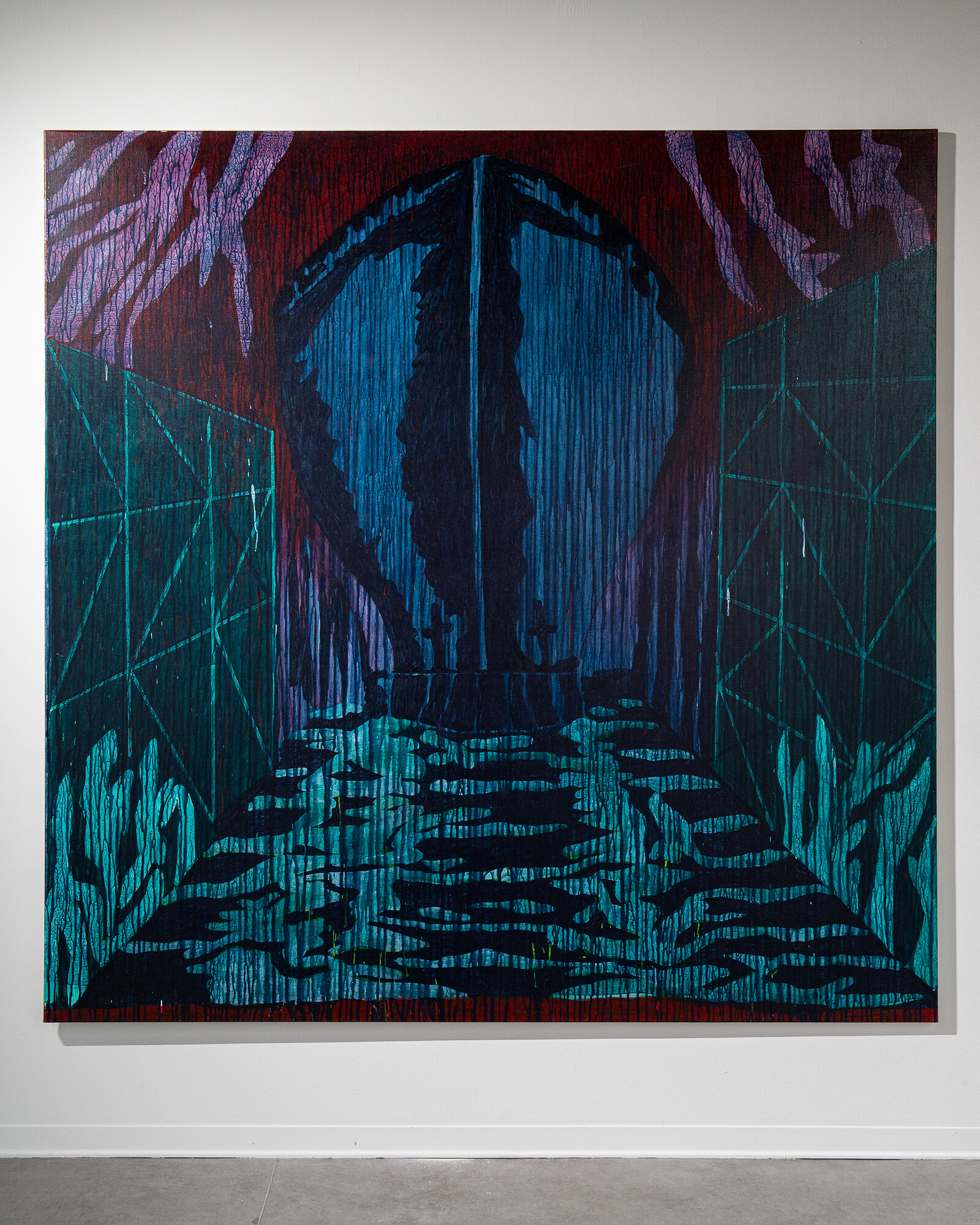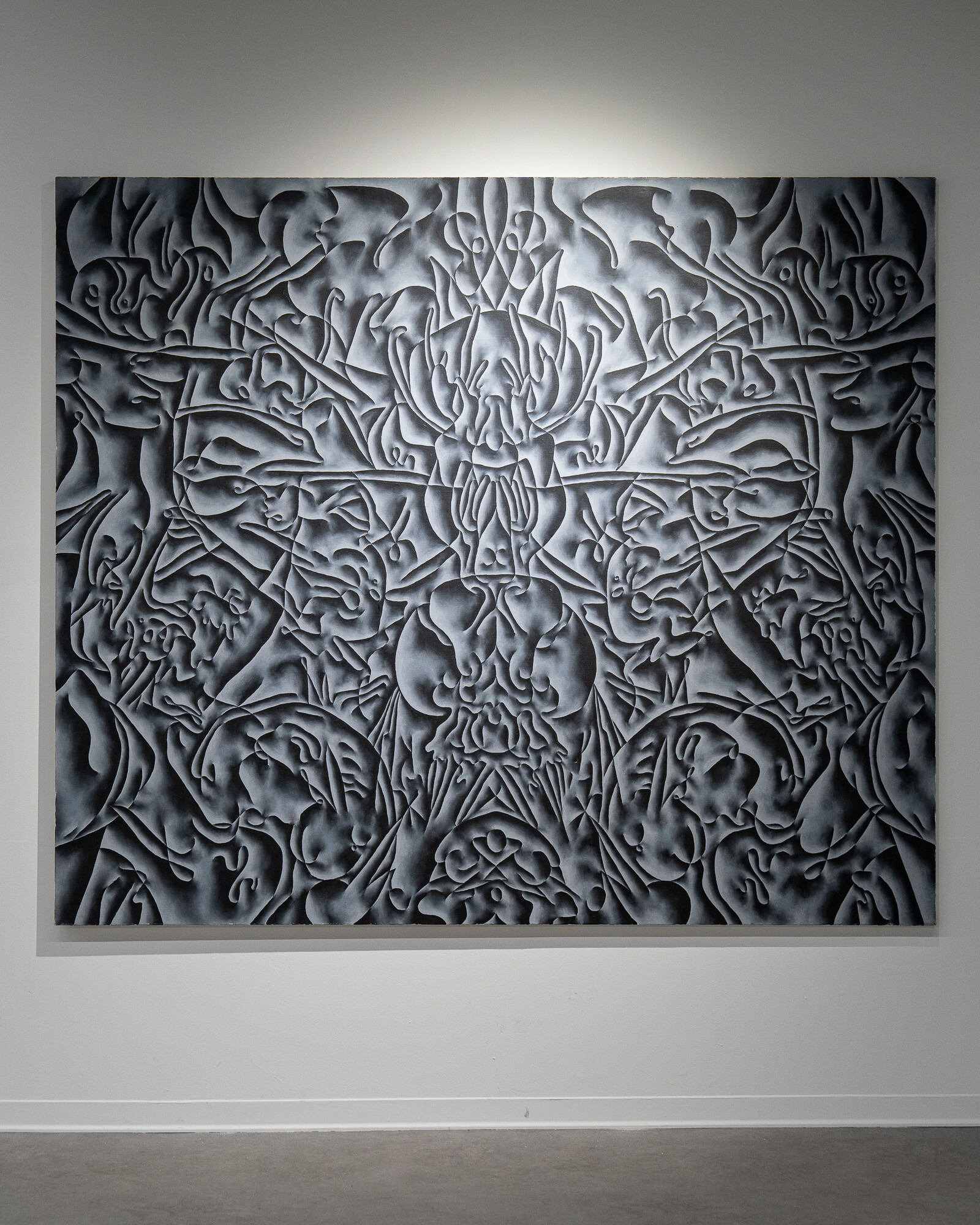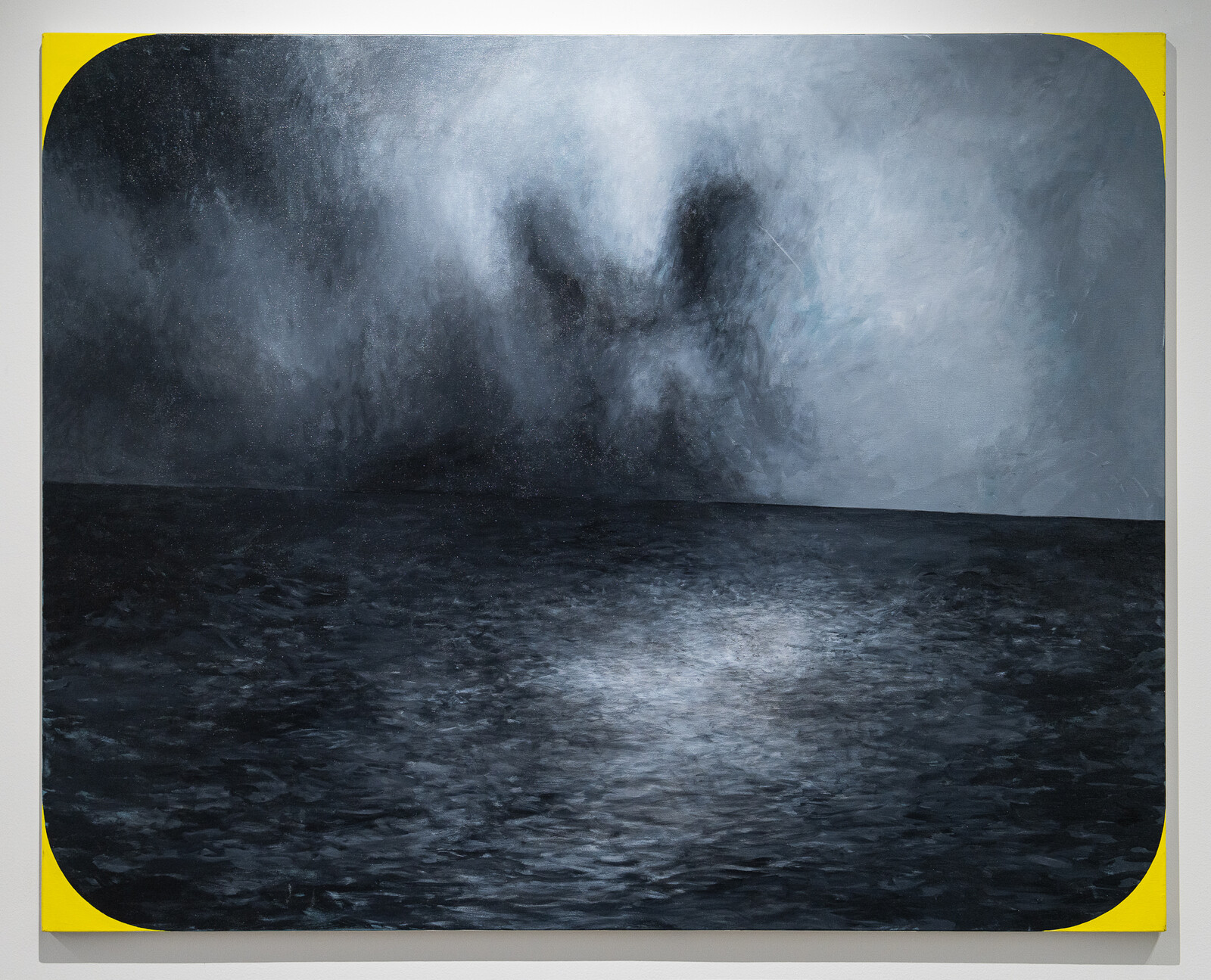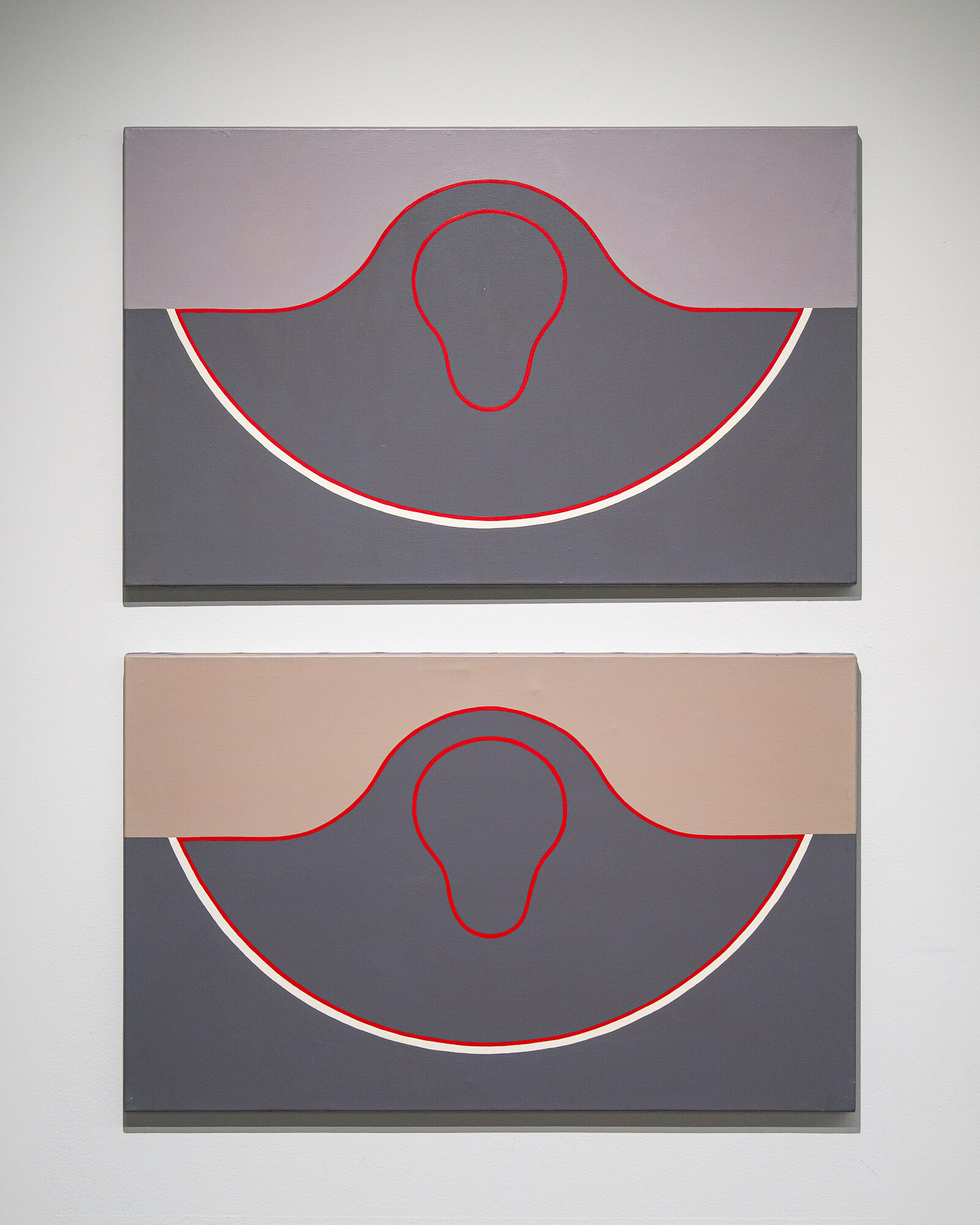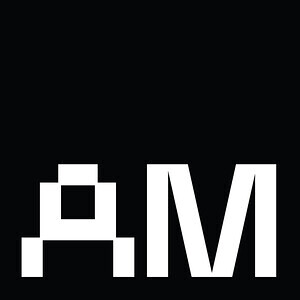Hill with Skull
Curated by Mihnea Mircan
March 27–May 10, 2025
46C Take Ionescu Blvd.
300 124 Timișoara
Romania
Curator: Mihnea Mircan
This is a compressed retrospective of the practice of Gili Mocanu (b. 1971, Constanța), one of the most original painters active in Romania today. His idiosyncratic, sprawling, consistent alphabet of forms and operations is approached from the vantage point of the body—sublime and grotesque to equal extents, sectioned and recomposed – and that of text, the script coordinating or confusing the body’s vagrancy through the painter’s oeuvre, text itself reversed or mirrored, amputated, amplified or muffled. Hill with Skull, the 2007 work from which this project borrows its title, is a case study for the formal and conceptual threads which, the exhibition proposes, interweave in Mocanu’s practice. The work is double—two paintings offer chromatic variations of the encounter between a skeletal landscape and a cranial near-abstraction. Rather than elegiac or archeological versions of the scene, the two iterations are neutral renditions of a diagram of spatial disorder, which compresses the play of distances across which those two objects would be seen, resolving it as ghostly simultaneity: to look at the skull is to unsee the hill, to see the hill presupposes a distance which reduces the skull to a speck, a grey smear in the grass, a distance which symbolically renders it inert once more. Text – the title of the paintings—is a dynamic element in the work, intervening in the image to identify spatial interlocutors and to assert their scalar incompatibility, to measure as much as appease the violence of their not fitting together.
Text as a recurring visual device or operation places Mocanu’s works at the boundary between painting and description, elucidation, or interpretation. Sometimes the paintings offer biographical clues or summon an absent interlocutor, like fragments of a monologue awaiting a reaction or addressed to an art historian in the future, while at other times they incorporate aphorisms and precepts, found or invented words. Insisting on the very matter of writing and often treating it as painterly material, such works accentuate the gap between text and image, painting and commentary in a competition, as long as art history itself, for the vividness of description. They relocate the visual and symbolic transaction between artist and viewer to a space of opacity where neither images nor words have full rights or unencumbered access to the plenitude of meanings, a somewhat performative environment which envelops the works in acts of seeing-reading.
Other paintings embody a tension between figure and ground, the constitutive poles of our visual experience, which in their interplay delineate depth and scale. This reciprocity is collapsed when figures dissolve into grounds or grounds swell up to usurp the visual field, turned into a space of static vertigo. Such reciprocal concealment or convulsed indistinction delineate of a cosmos of uninhabitable spaces and nearly disembodied characters, figures of figures. The tension crops up in works with different themes and scales, such as architectural models, funerary enclosures, furniture items, implausible spaces populated by emblems rather than objects, zoomorphic waves or nocturnal clouds—in different ways profiling a no-one against the backdrop of a nowhere to make images in equal parts captivatingly palpable and alienatingly neutral. Two voids meet, or perhaps the same void—captured in a mood that fuses the febrility of an apparition and the exactitude of analysis, ecstasy and disbelief—is folded to resemble the shape of a body or that of its place in the world. Forms, emblems or diagrams of bodies, images of other, more powerful images, appear to float in a vacuum, or appear as if they were pinned onto the smooth curtain of an abyss.
